A chef demystifies modernist cooking techniques
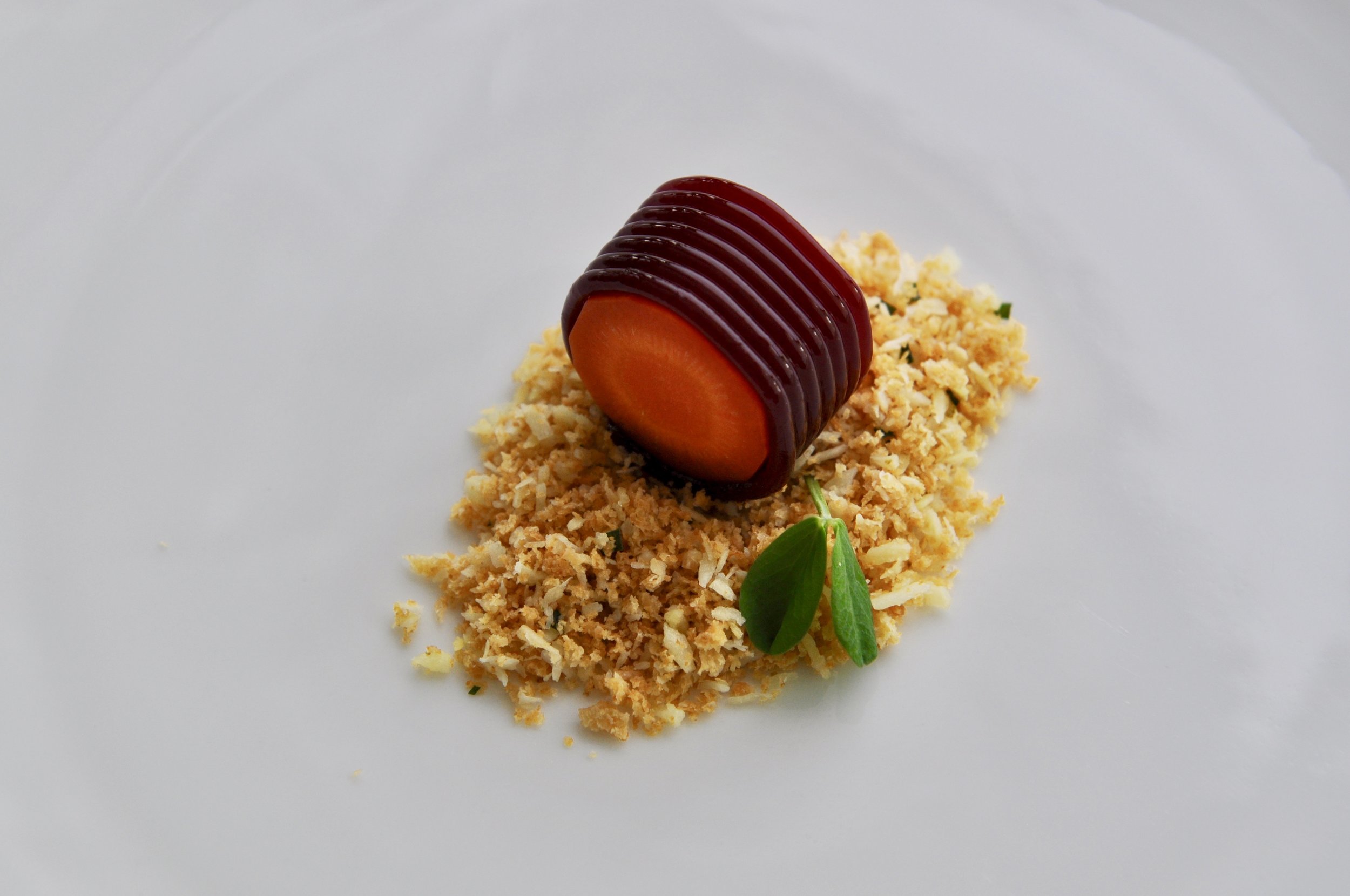
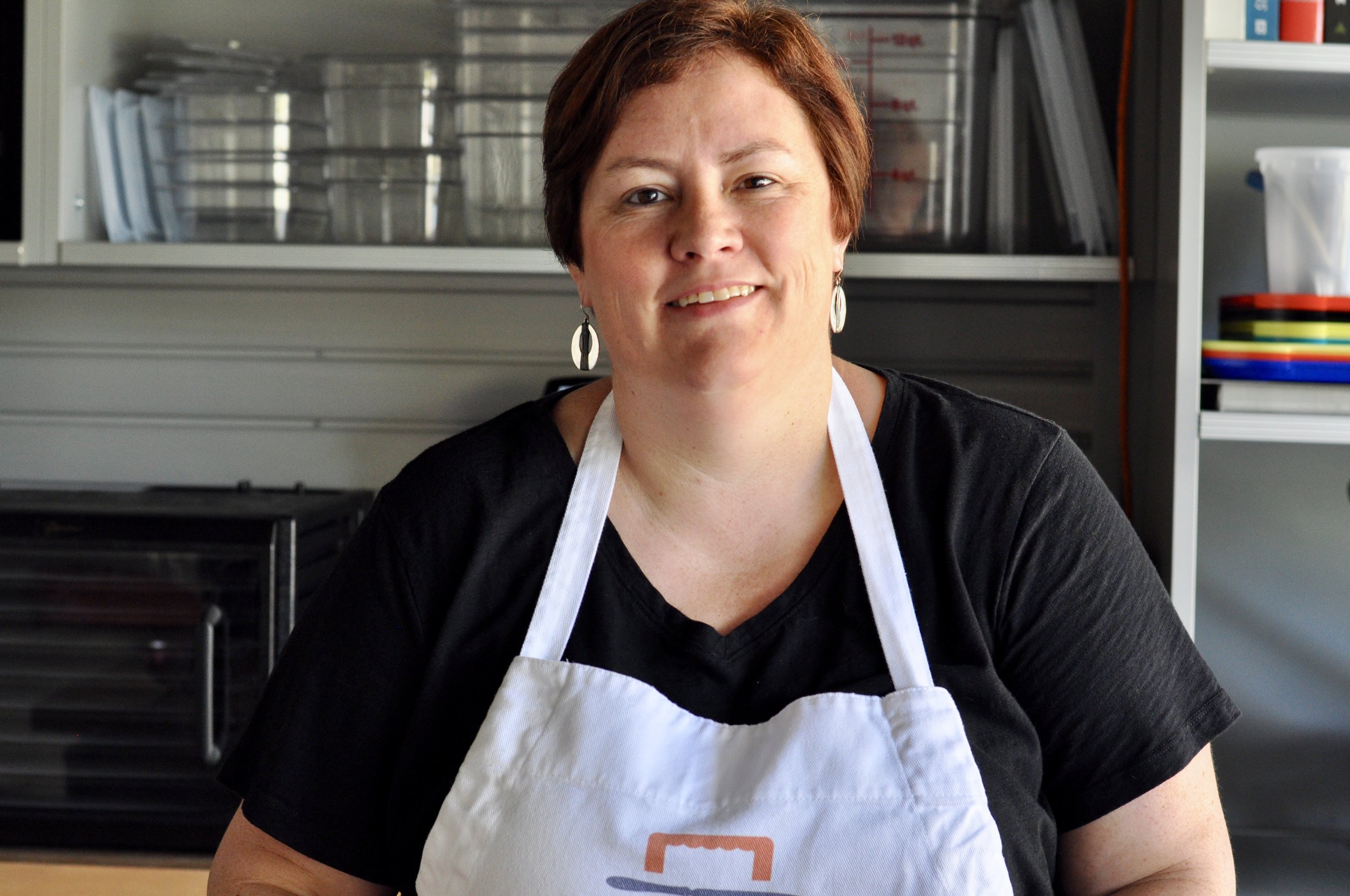

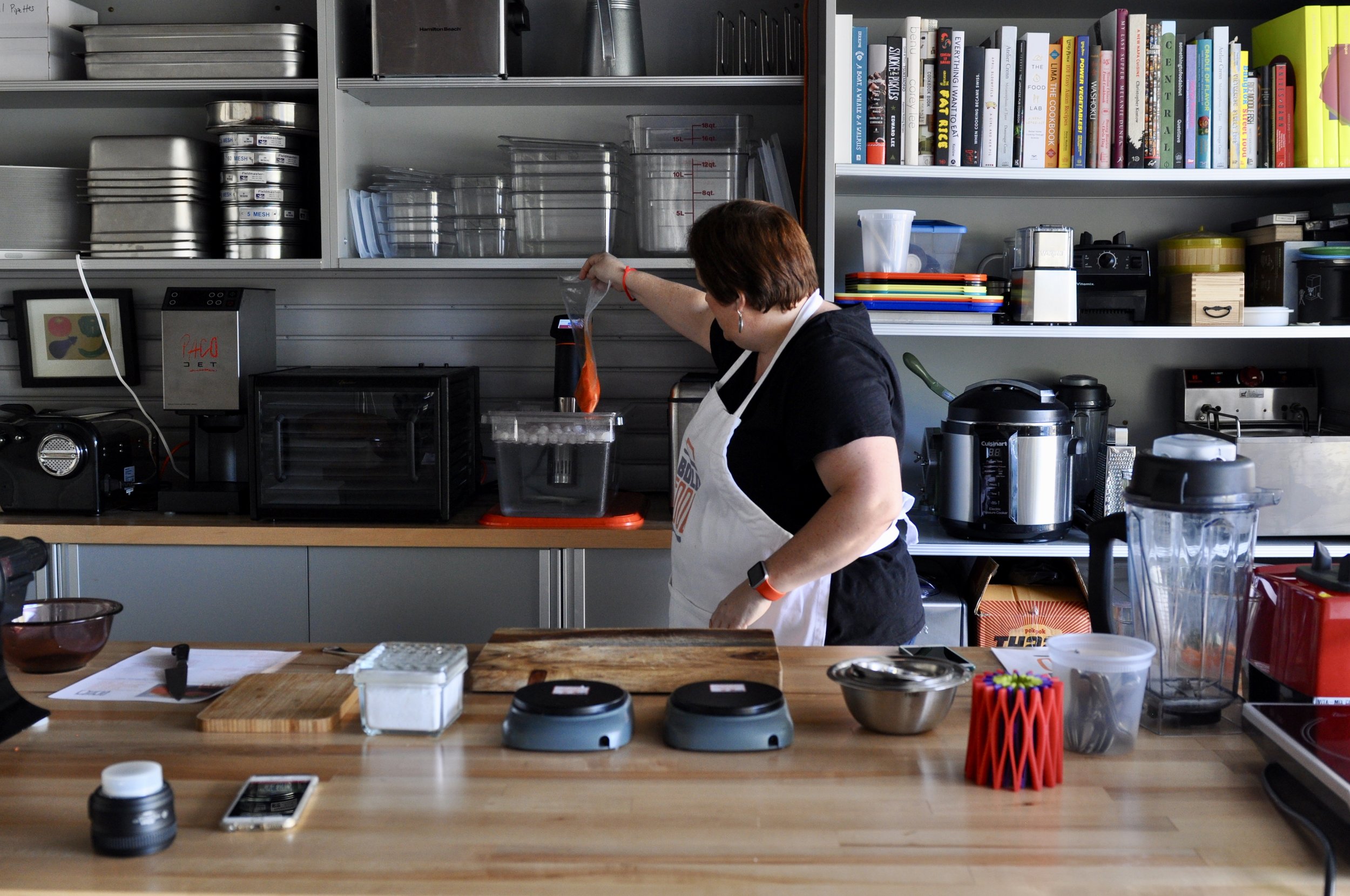
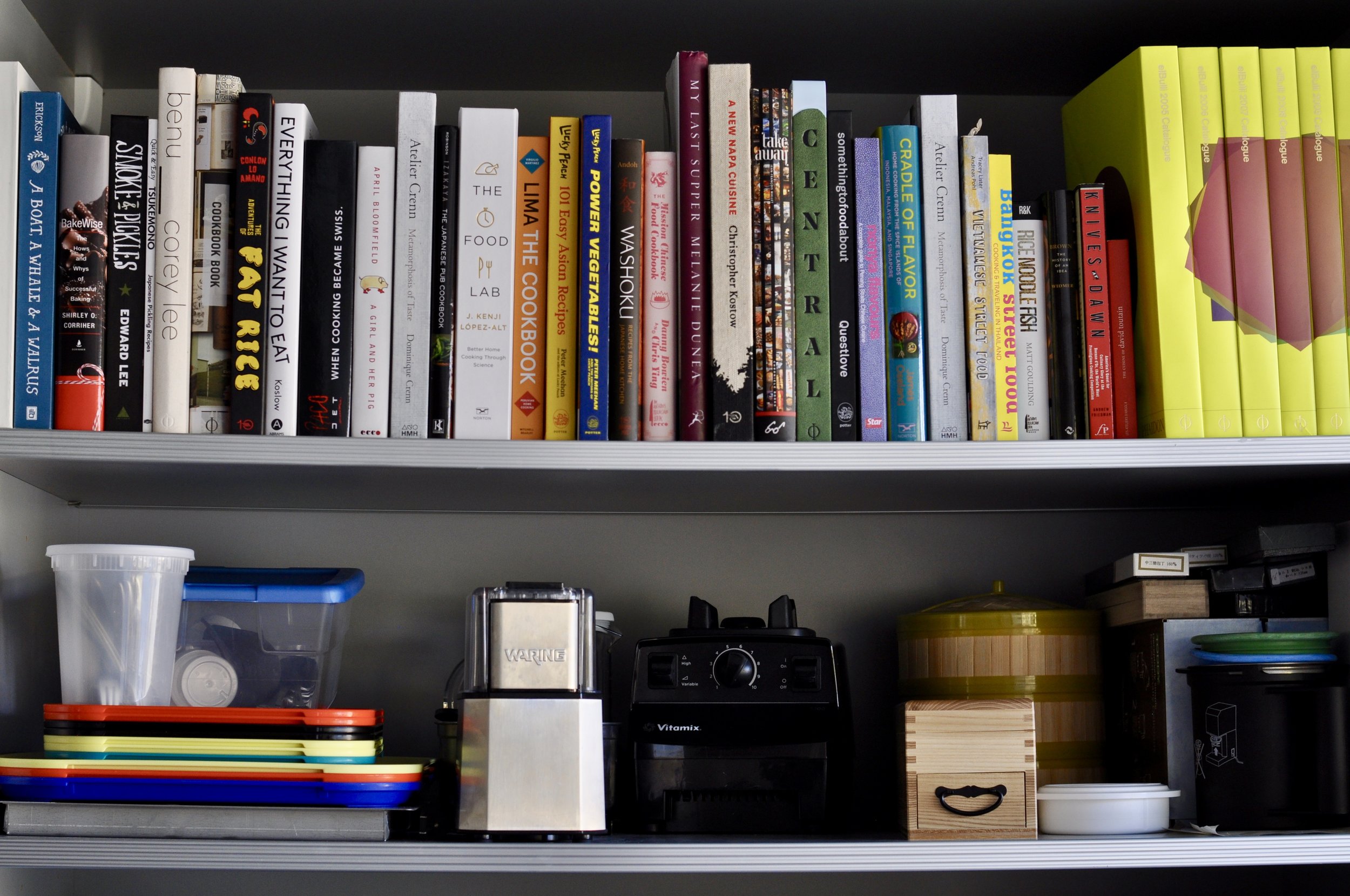
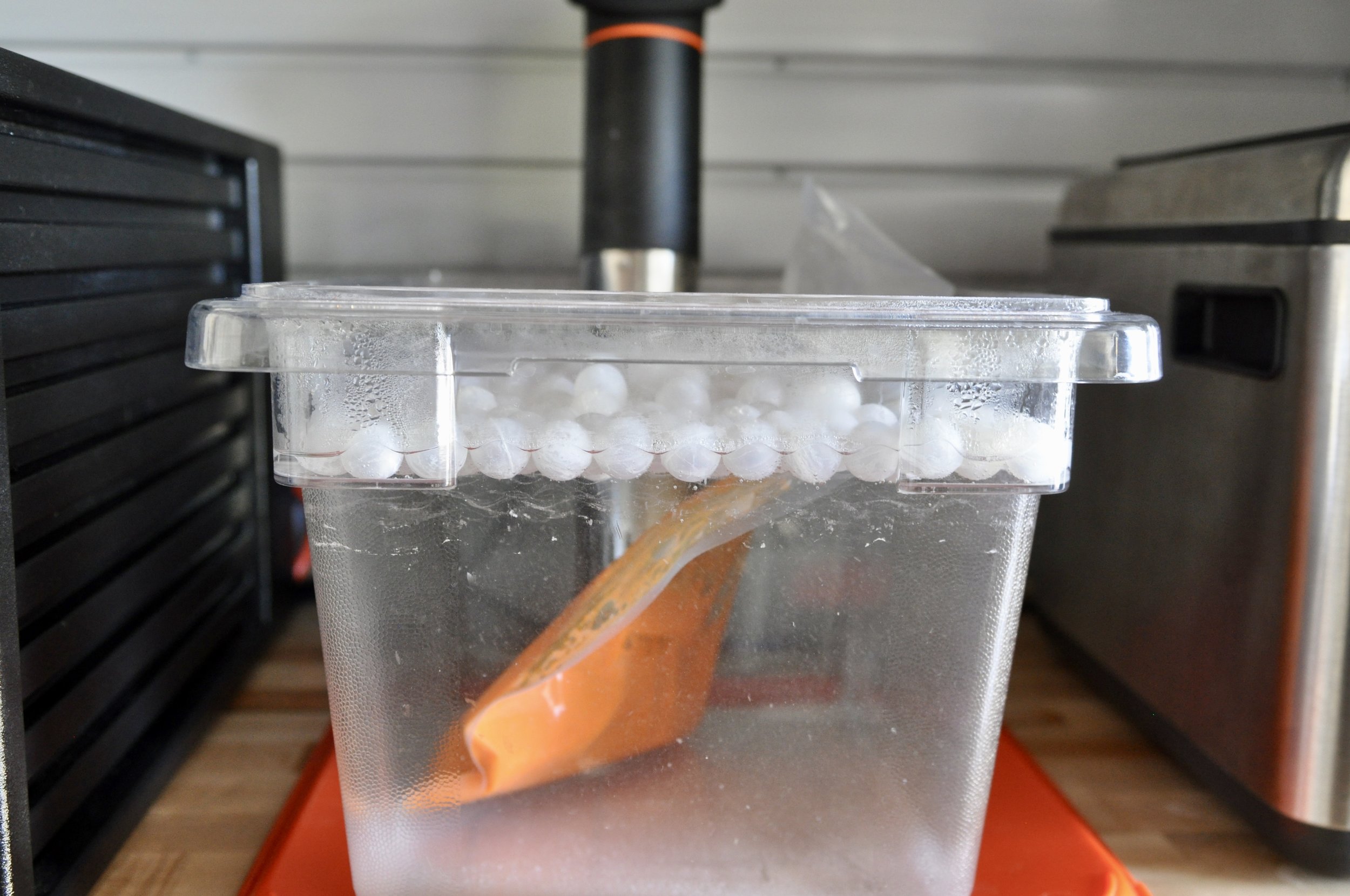
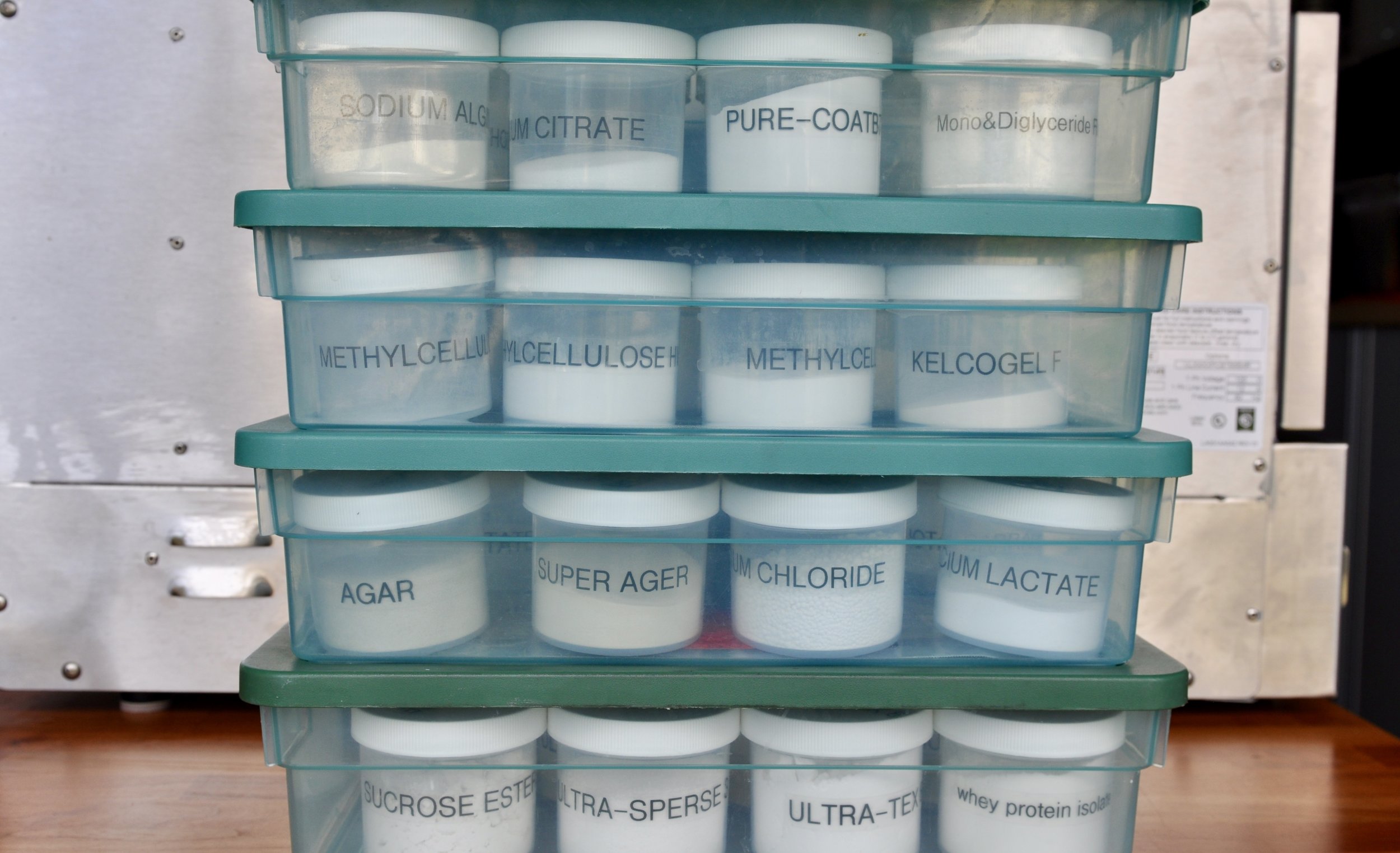
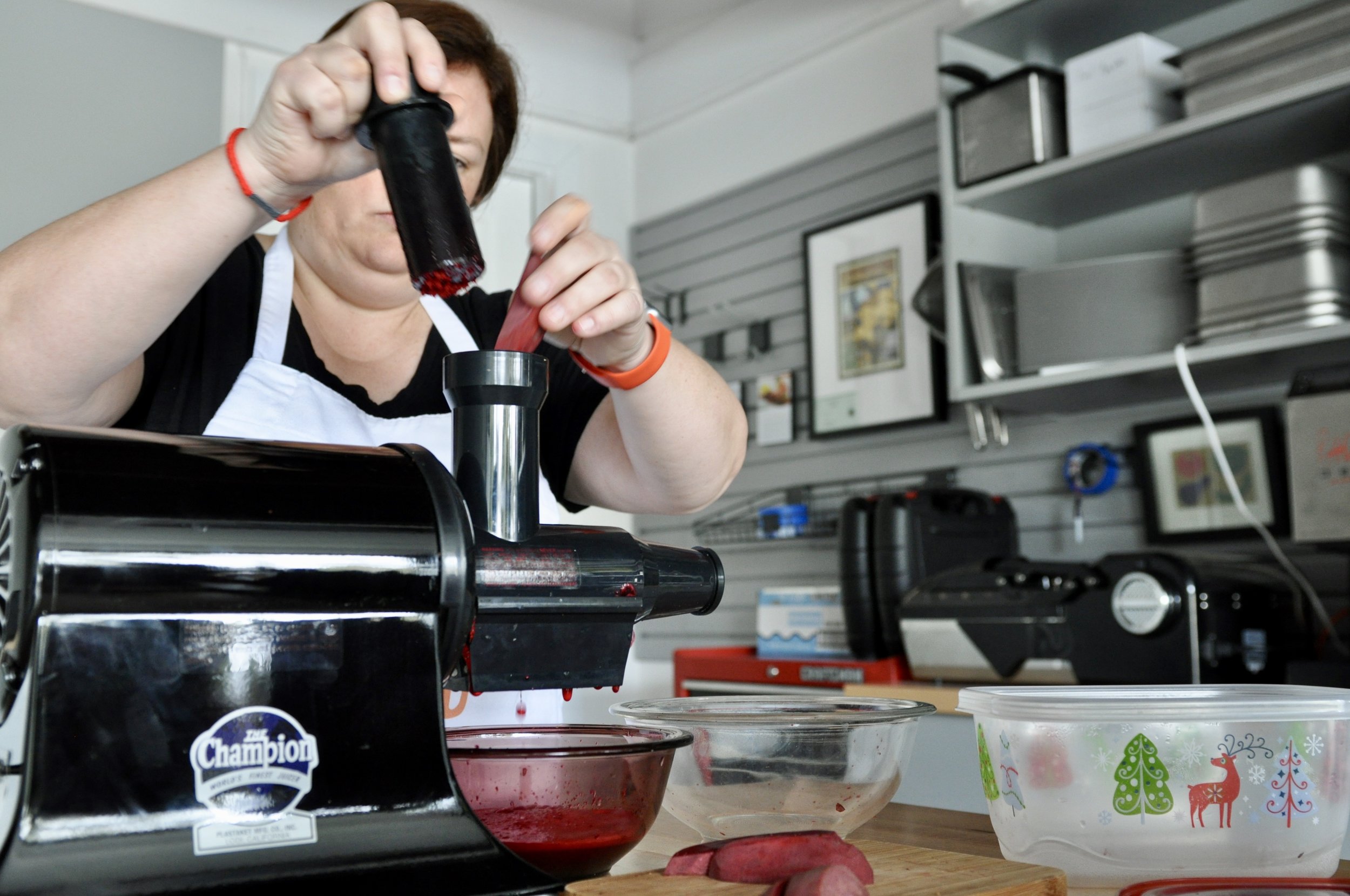
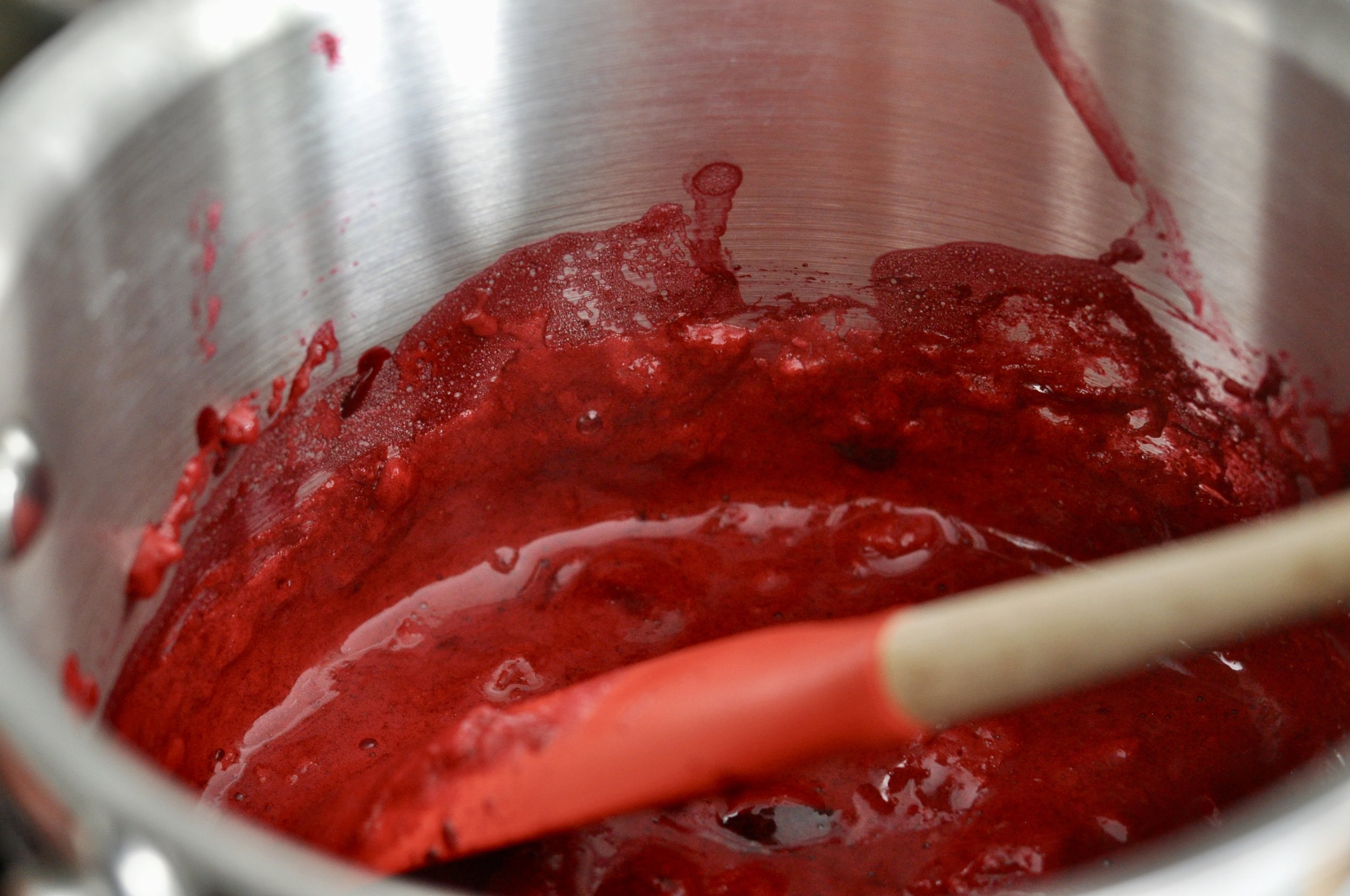
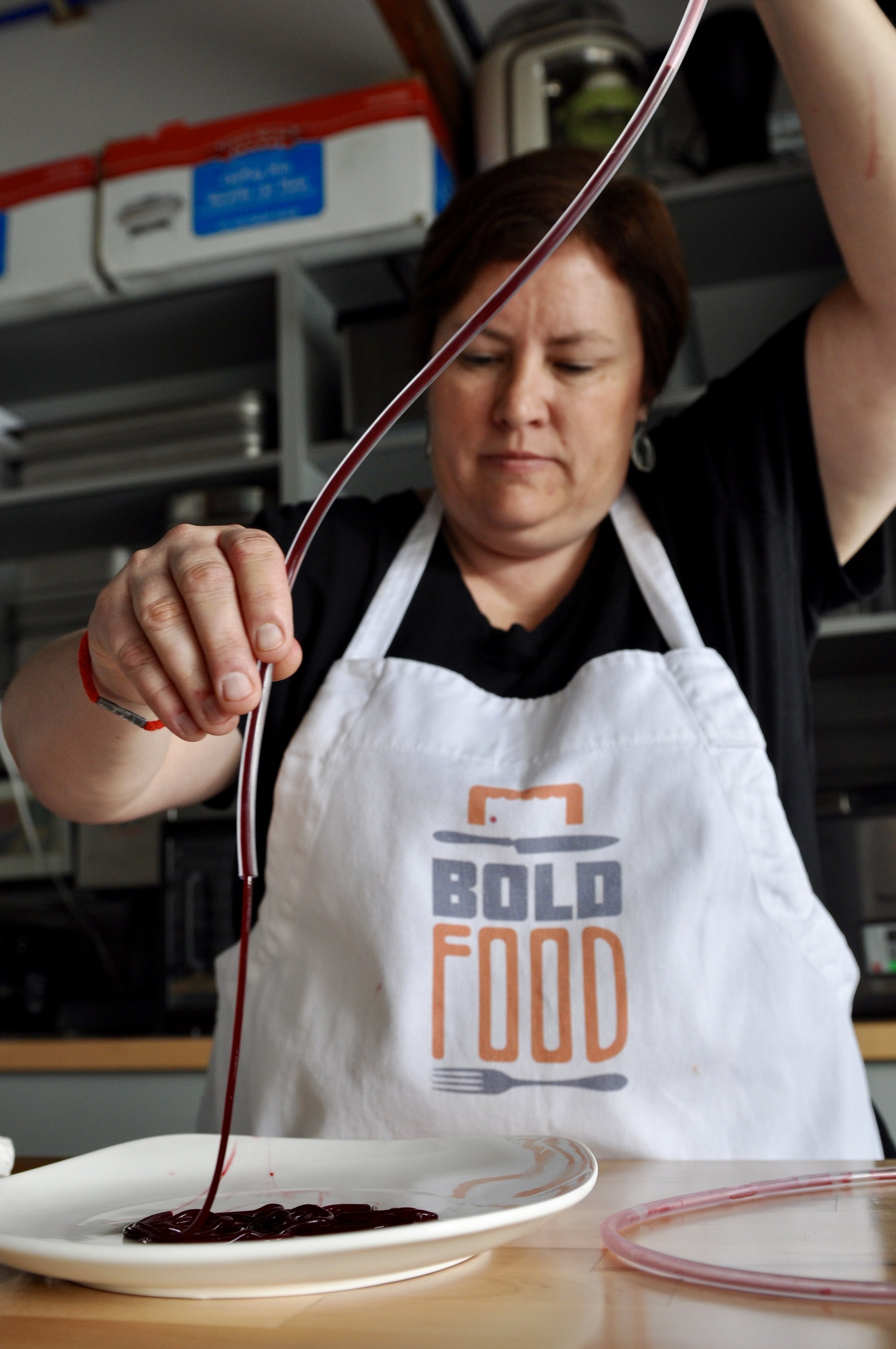
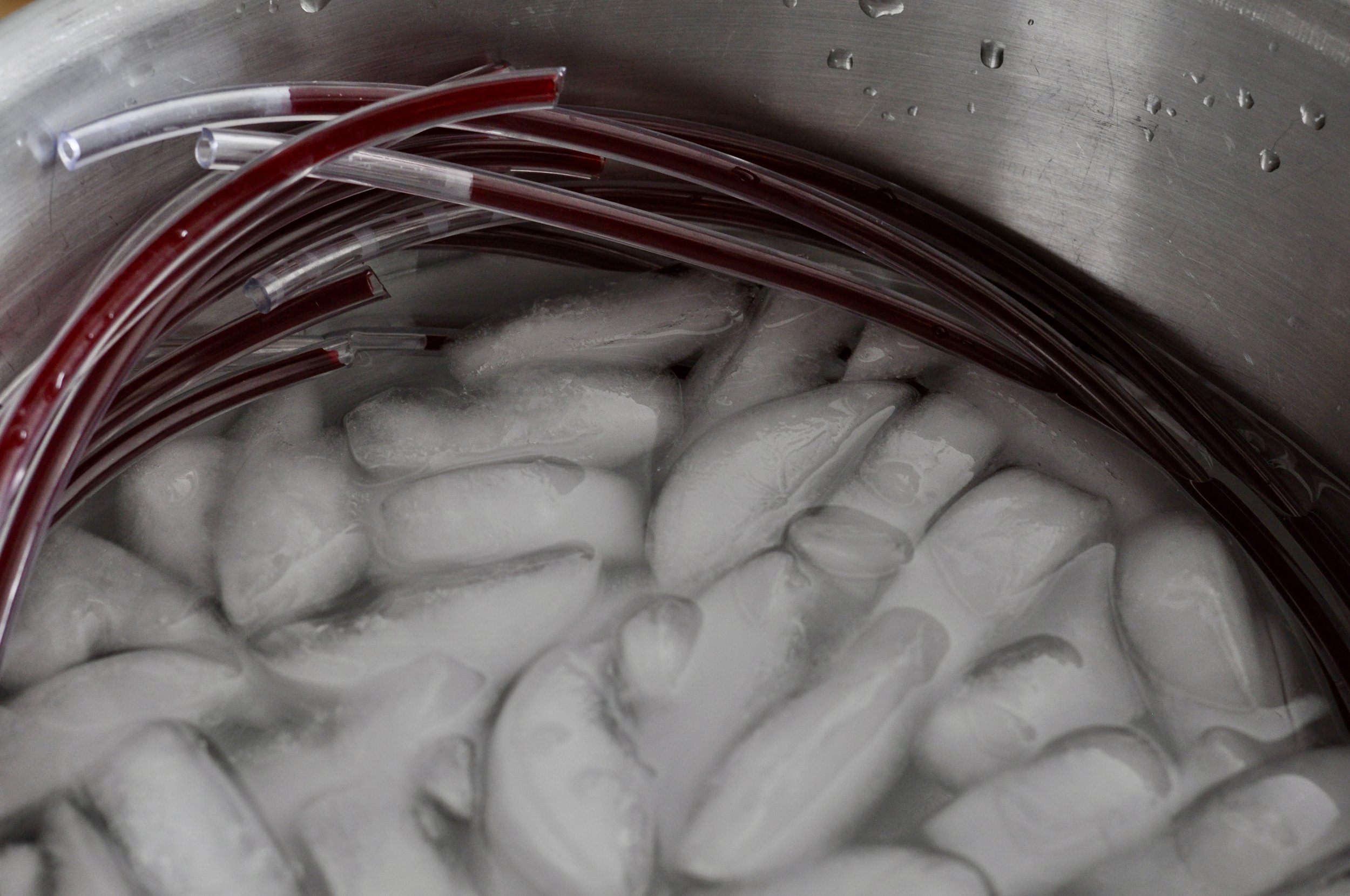
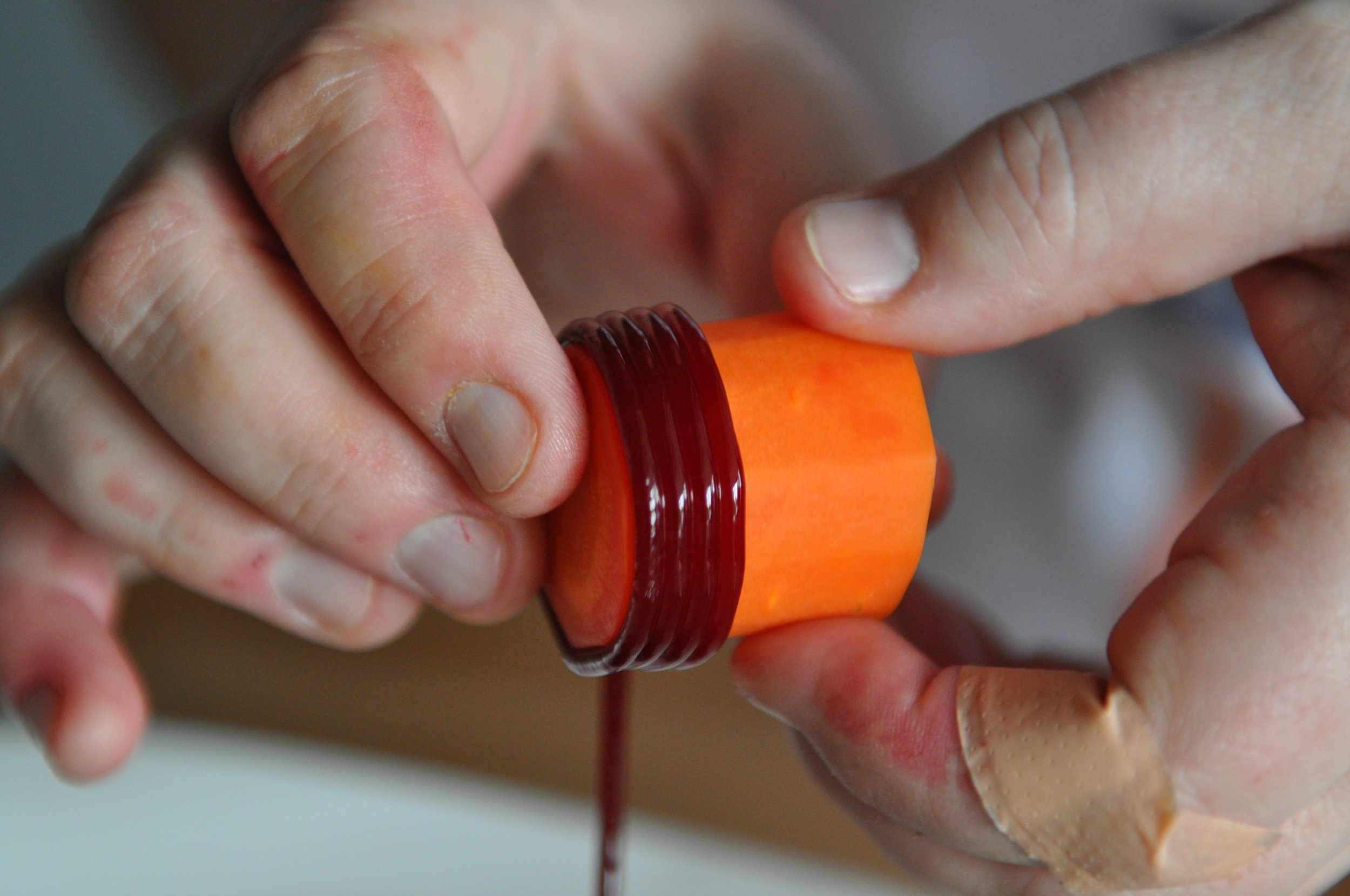
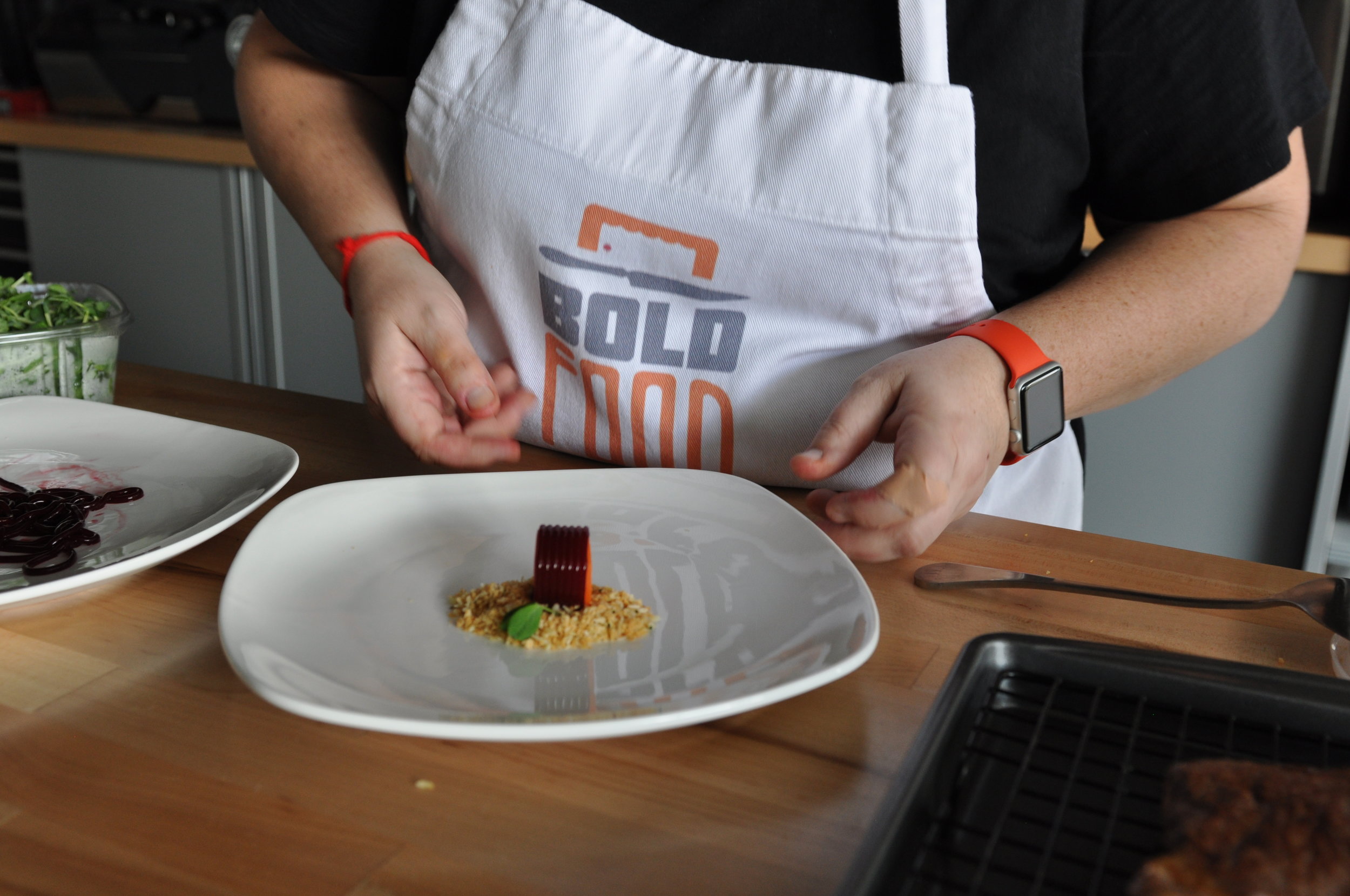
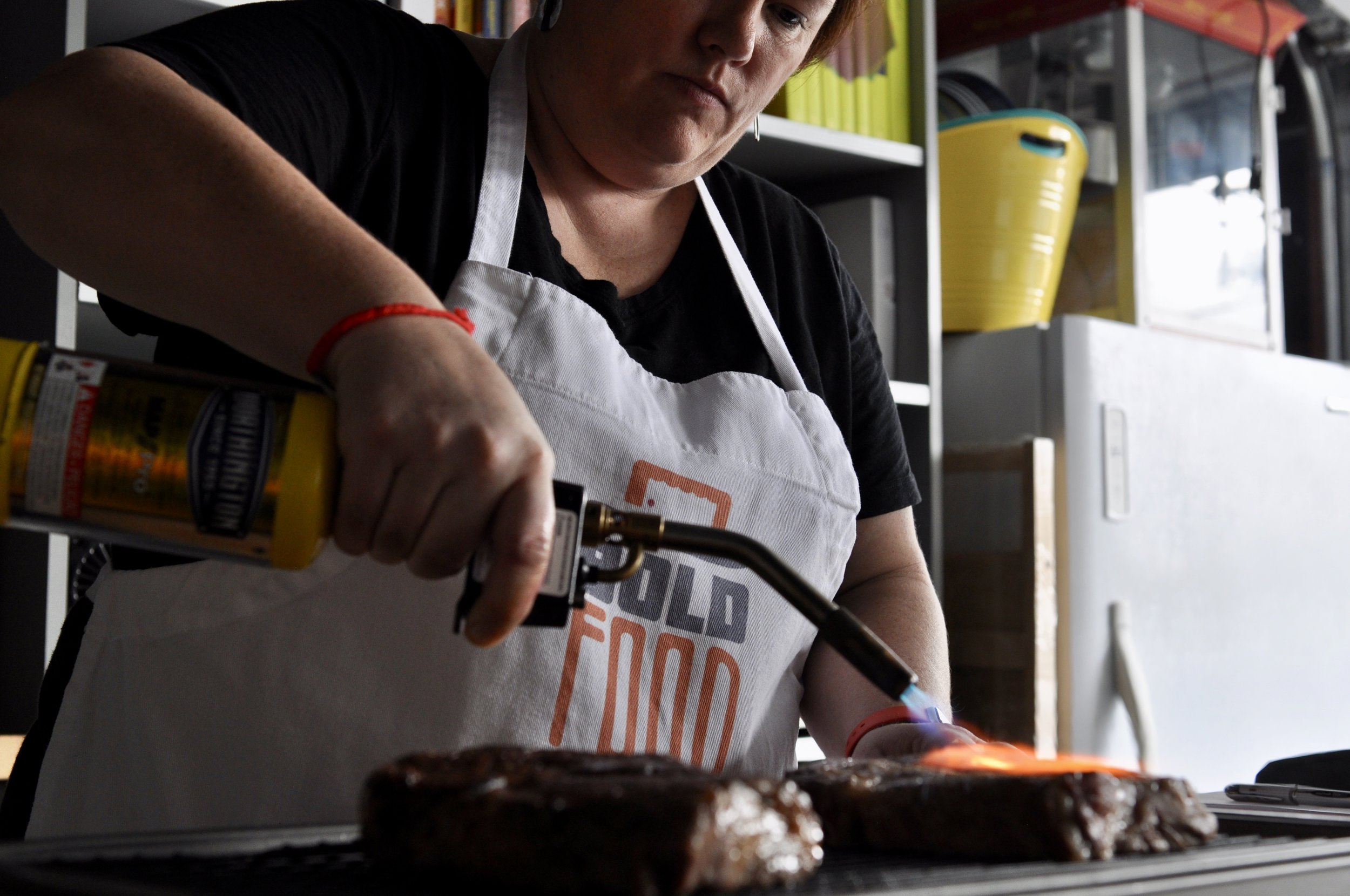
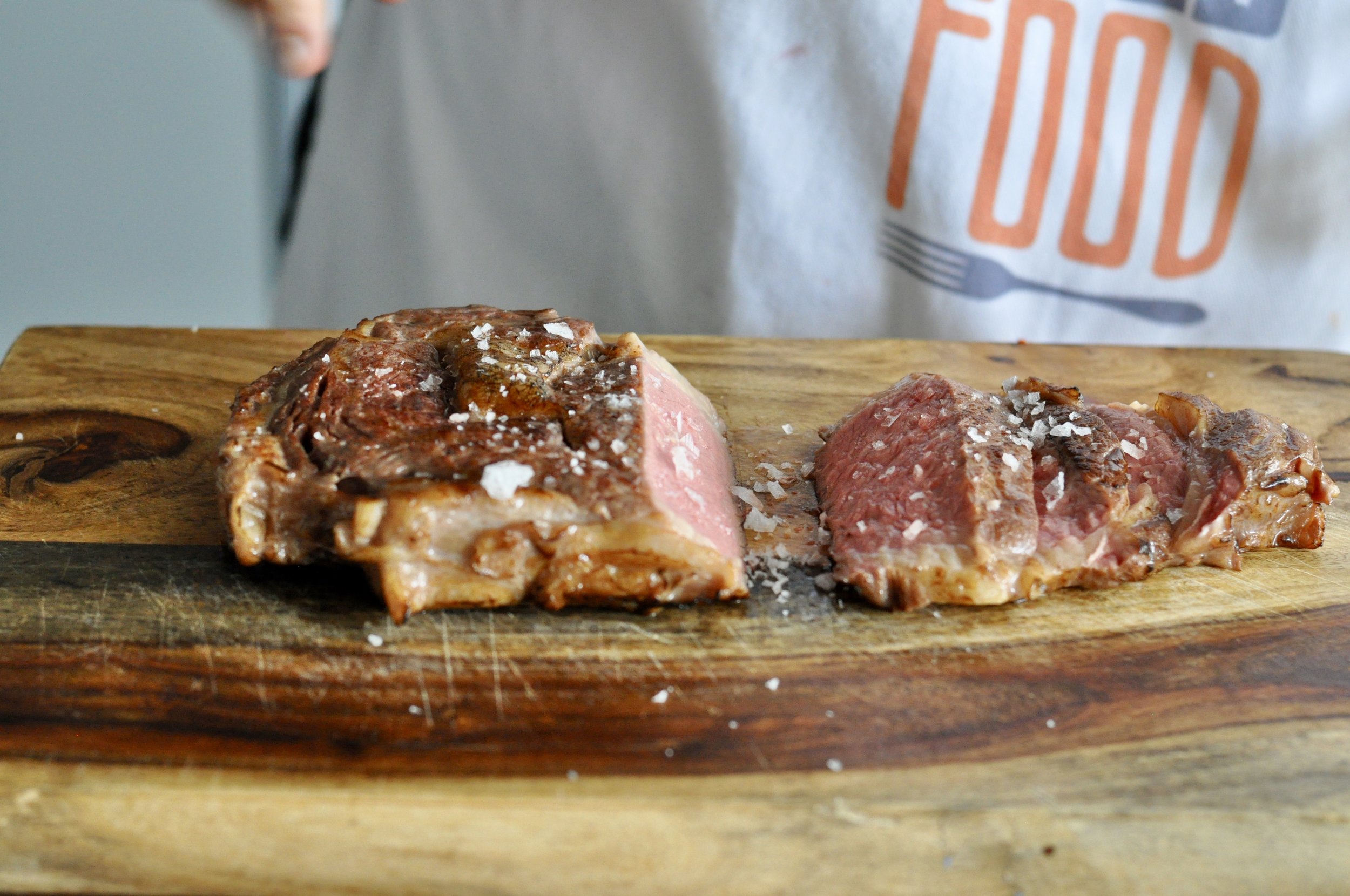
Muffie Fulton is on a mission to help adventurous home cooks make better food.
Through courses taught in her decked-out garage in Los Altos, CA, the former neuroscientist turned modernist chef aims to show curious cooks how to improve and manipulate the flavors of ingredients in ways that aren’t possible with conventional techniques. This isn’t your typically cooking class — this lady knows her stuff.
I snagged Muffie for a one-on-one cooking class last month. We made noodles out of beet juice, cooked a perfectly pink sous vide steak, and artfully plated a creamy chocolate coconut cake (you can find that recipe here). Throughout our lesson, she gave me a primer on the science behind these crazy techniques and why they work. While there are some things I likely will never do at home due to lack of equipment or time, she taught me plenty that’ll help me improvise a little more on my own with some new ingredients.
A cooking enthusiast from a food-obsessed family, Muffie said she took up an interest in modernist cooking after reading "A Day at elBulli." When she realized she couldn't figure out how to make any of the recipes the famed restaurant was doing, she started looking for resources to learn. She took some private classes with chefs and realized that she could apply her understanding of how things worked in an experimental science lab to her home kitchen. Last year, she took that knowledge and started a cooking class in the Bay Area.
"Like anything, the better you understand why things work, the better you will be at it," she said. "That's what my class is about."
Some of the main takeaways from the class:
Salt: The perfect amount to make food taste good is .5%, according to science. For instance, if you have 100 grams of food, you should add .5 grams of salt. So, if you’re working with a new recipe and just want to know where to start, this is your best bet to ensure you’re not under-salting.
Sous vide: In a nutshell, sous vide means cooking food in a sealed plastic bag in a temperature-controlled water bath. You do not need a vacuum sealer to cook anything sous vide. It helps, but it’s not necessary. While many cooks like to sous vide meats to get that perfect internal cooking temperature, vegetables are actually killer cooked this way. We cooked carrots in a little ginger and lime marinade that were tender, yet still crisp. It was a texture unlike anything I’ve had baked or boiled.
Hydrocolloids: These are one of the essential things to learn about modernist cooking. Master how to use a few hydrocolloids and you can manipulate your food to get rid of things like dairy and meat products altogether (a big win for vegans). Basically, you do the same three steps every time you use them. 1 Disperse in a liquid. 2. Heat to a certain temp. 3 Cool it down. Sound familiar? That’s because it’s a lot like jello. We used a hydrocolloid to make beet noodles and raspberry gel. Carbs, be gone.
It’s not science, it’s cooking: According to Muffie, it’s unlikely that you’ll ruin your recipe if you’re a tad off in measuring or weighing something. That’s just a life lesson you should always take with you.
You can find out more about Muffie's classes here.
